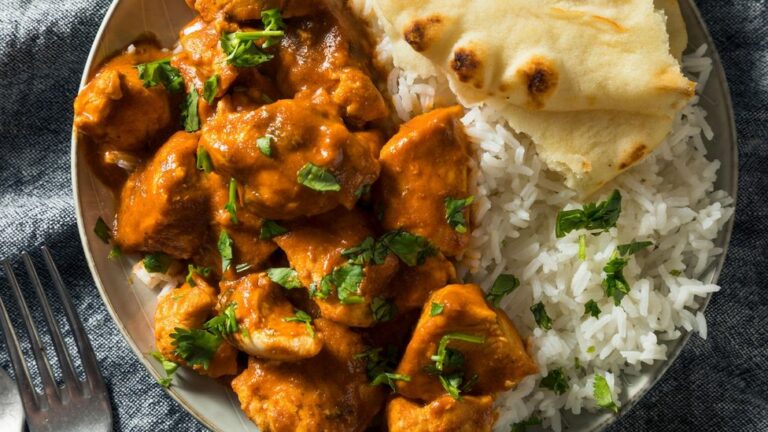Introduction: Mughal era in India
The Mughal era in India, which lasted from the early 16th century to the mid-19th century, had a significant impact on Indian culture, including its cuisine. The Mughals, who were of Mongol and Turkish descent, brought with them a rich culinary tradition that blended Central Asian, Persian, and Indian flavors and techniques. This fusion of cultures resulted in a new style of cooking that is still celebrated today.
Mughal cuisine: flavors and techniques
Mughal cuisine is known for its rich and complex flavors, which are achieved through the use of a variety of spices and herbs. The Mughals also introduced new cooking techniques, such as the use of the tandoor oven, which is still used to make naan bread and other dishes in Indian cuisine. Meat, particularly beef and mutton, was a staple of Mughal cuisine, and was often prepared using slow-cooking methods to tenderize it.
Mughal influences in Indian cuisine
Many of the dishes that are popular in Indian cuisine today have their roots in Mughal cooking. For example, biryani, a rice-based dish that is often made with meat or vegetables, is believed to have been introduced by the Mughals. Another Mughal dish that is still popular in India is kebab, which consists of marinated meat that is grilled or roasted. The Mughals also introduced a variety of sauces and gravies, such as korma and jalfrezi, that are used to flavor meat and vegetable dishes.
Mughal dishes still popular in India
Some of the most popular Mughal dishes in India include biryani, kebab, pulao, and tandoori chicken. Biryani, in particular, has become a staple of Indian cuisine, and is now made in a variety of styles and flavors throughout the country. Kebabs are also widely enjoyed, and can be found in many street food stalls and restaurants.
Mughal spices and their use in Indian dishes
The Mughals brought with them a variety of spices and herbs that are still used in Indian cooking today. These include saffron, cardamom, cloves, cinnamon, and cumin. The Mughals also introduced a Persian spice blend called garam masala, which is now a key ingredient in many Indian dishes. These spices are used to flavor meat, vegetables, and rice dishes, and are often combined with other ingredients to create complex and aromatic flavors.
Conclusion: Mughal cuisine’s impact on Indian cuisine
The Mughals had a profound influence on Indian cuisine, introducing new flavors, techniques, and ingredients that have become an integral part of the country’s culinary tradition. Their legacy can be seen in the many Mughal dishes that are still popular in India today, as well as in the use of spices and cooking methods that were introduced during their rule. The Mughal era may be long gone, but its impact on Indian cuisine continues to be felt to this day.

